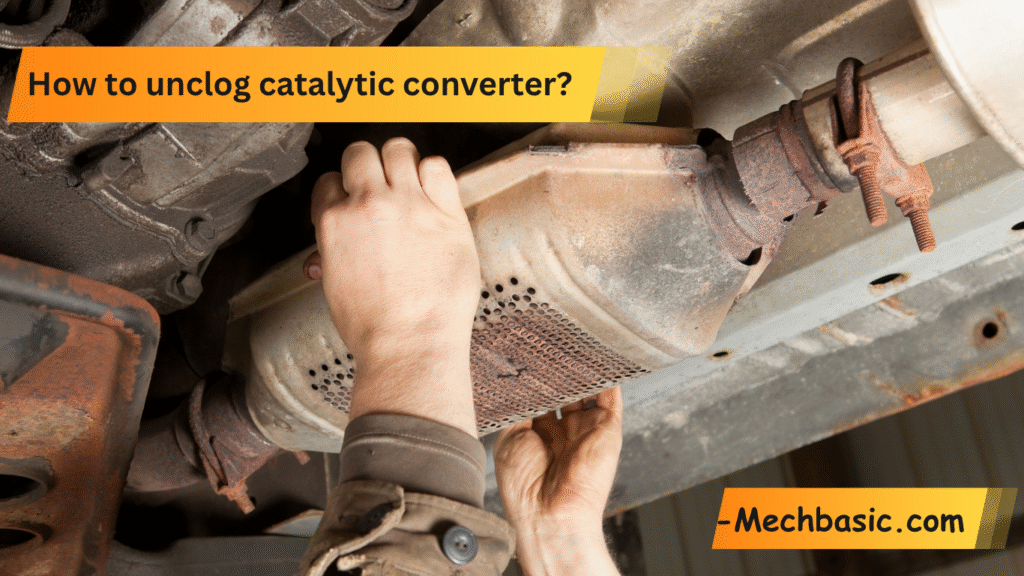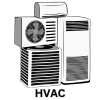A clogged catalytic converter is a major problem in vehicle as they reduce engine power, poor fuel economy, and may even cause a potential fire hazard.

In this article:
Symptoms of a Clogged Catalytic Converter
Before attempting a fix, confirm symptoms such as:
- Reduced engine performance or stalling
- Rotten egg smell (sulfur)
- Check Engine Light (codes like P0420)
- Poor fuel economy
- Rattling sound from the exhaust
METHOD 1: Use a Catalytic Converter Cleaner (Easiest Method)
🔧 Tools Needed:
- Fuel system/catalytic converter cleaner (e.g., Cataclean, CRC, Sea Foam)
- A near-empty gas tank
Steps:
- Buy a catalytic converter cleaner from an auto parts store.
- Pour the cleaner into your fuel tank as directed (usually when the tank is about 1/4 full).
- Drive the vehicle for at least 15–30 minutes at highway speeds to allow the cleaner to circulate and heat up the catalytic converter.
- Repeat if needed—some severe clogs may require a second treatment.
📝 Notes:
- This is effective for minor carbon build-up, not for melted or broken converters.
METHOD 2: Manual Cleaning (Requires Removal)
🔧 Tools Needed:
- Basic socket/wrench set
- Penetrating oil (e.g., WD-40)
- Bucket or large container
- Degreaser or lacquer thinner
- Safety gloves & goggles
Steps:
- Cool down the car fully and disconnect the battery.
- Locate and remove the catalytic converter. Use penetrating oil on rusty bolts.
- Inspect the converter—if it rattles heavily or looks melted inside, replacement may be necessary.
- Soak the converter in a mix of hot water and degreaser or lacquer thinner (1 gallon of hot water + 1/2 gallon of thinner).
- Let it soak for a few hours or overnight.
- Rinse thoroughly with clean water and allow it to dry completely.
- Reinstall and check for improvement in performance.
Caution:
- Never use high-pressure water directly inside the honeycomb.
- Avoid damaging internal ceramic components.
METHOD 3: Professional Cleaning or Replacement
If DIY methods fail or the catalytic converter is melted, cracked, or internally broken, you’ll need:
- Professional ultrasonic cleaning (available at some shops)
- Complete replacement of the catalytic converter
What NOT to Do?
- Don’t punch holes or gut the converter—this is illegal in most regions and can lead to fines.
- Don’t ignore a persistent check engine light—it may indicate deeper engine issues affecting the converter.
Bonus Tip: Prevent Future Clogging
- Use quality fuel and regularly replace spark plugs.
- Fix engine misfires promptly—unburned fuel can overheat and damage the converter.
- Perform periodic fuel system cleaning.
Related articles:
Other courses:



